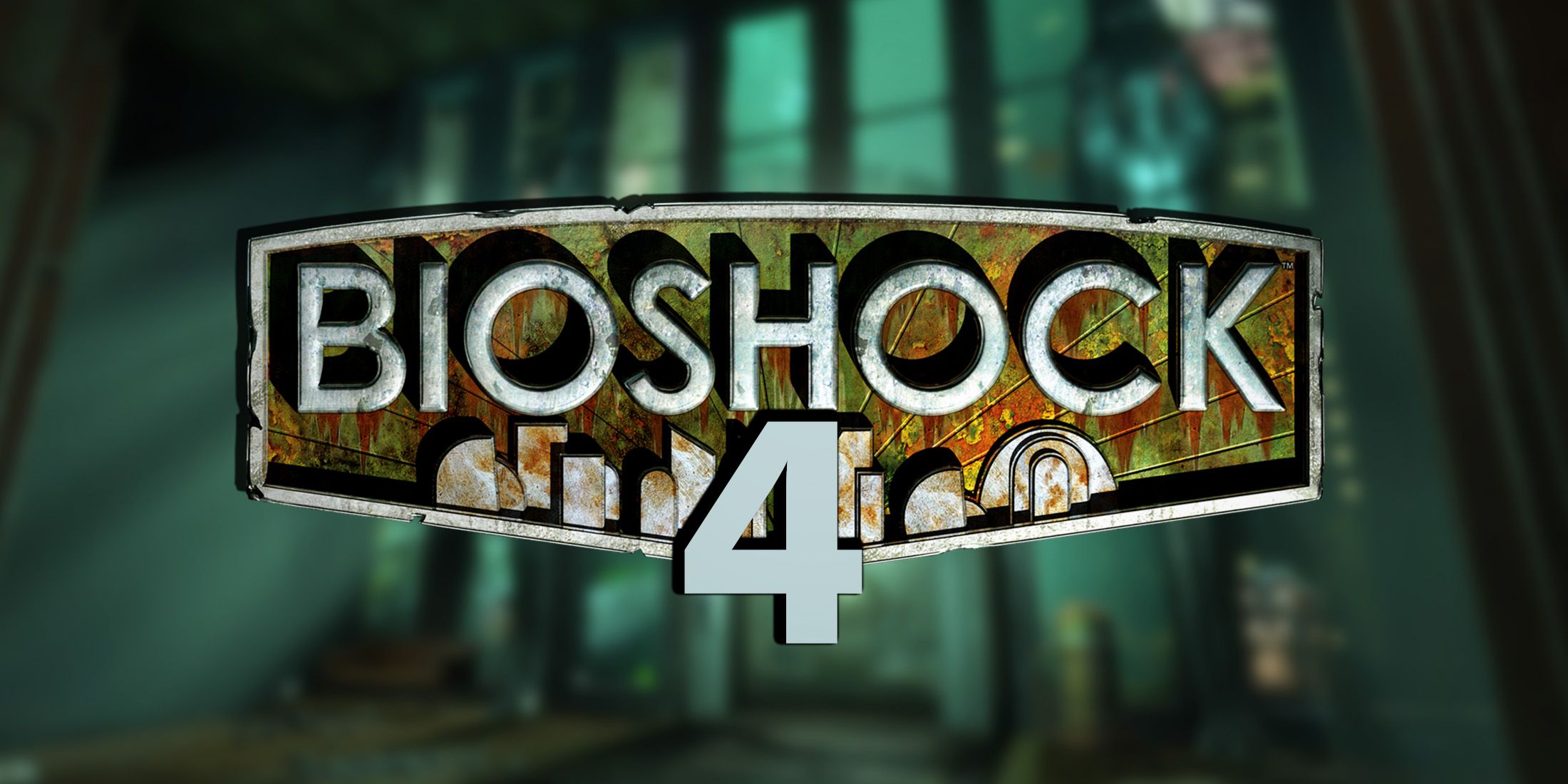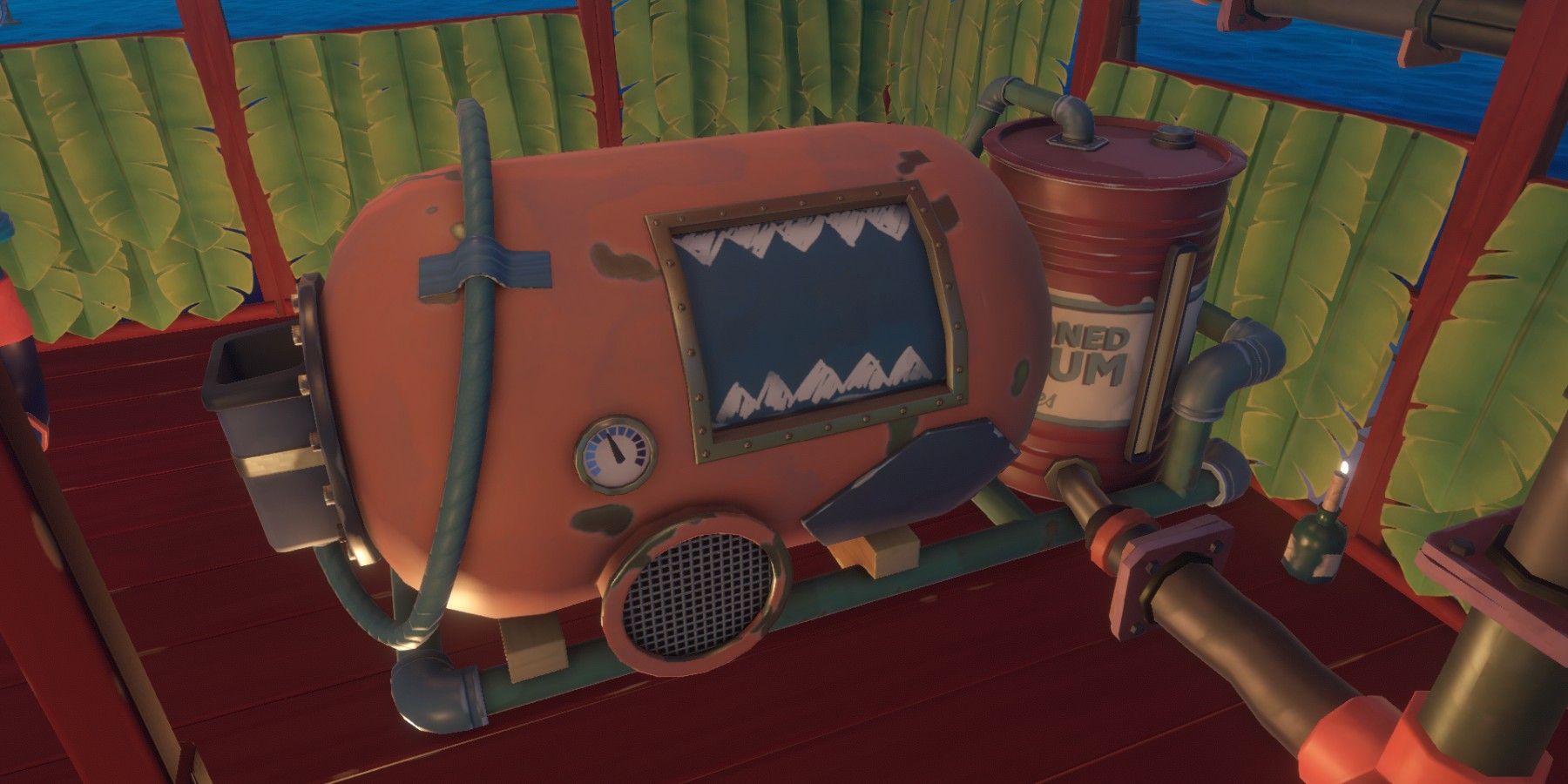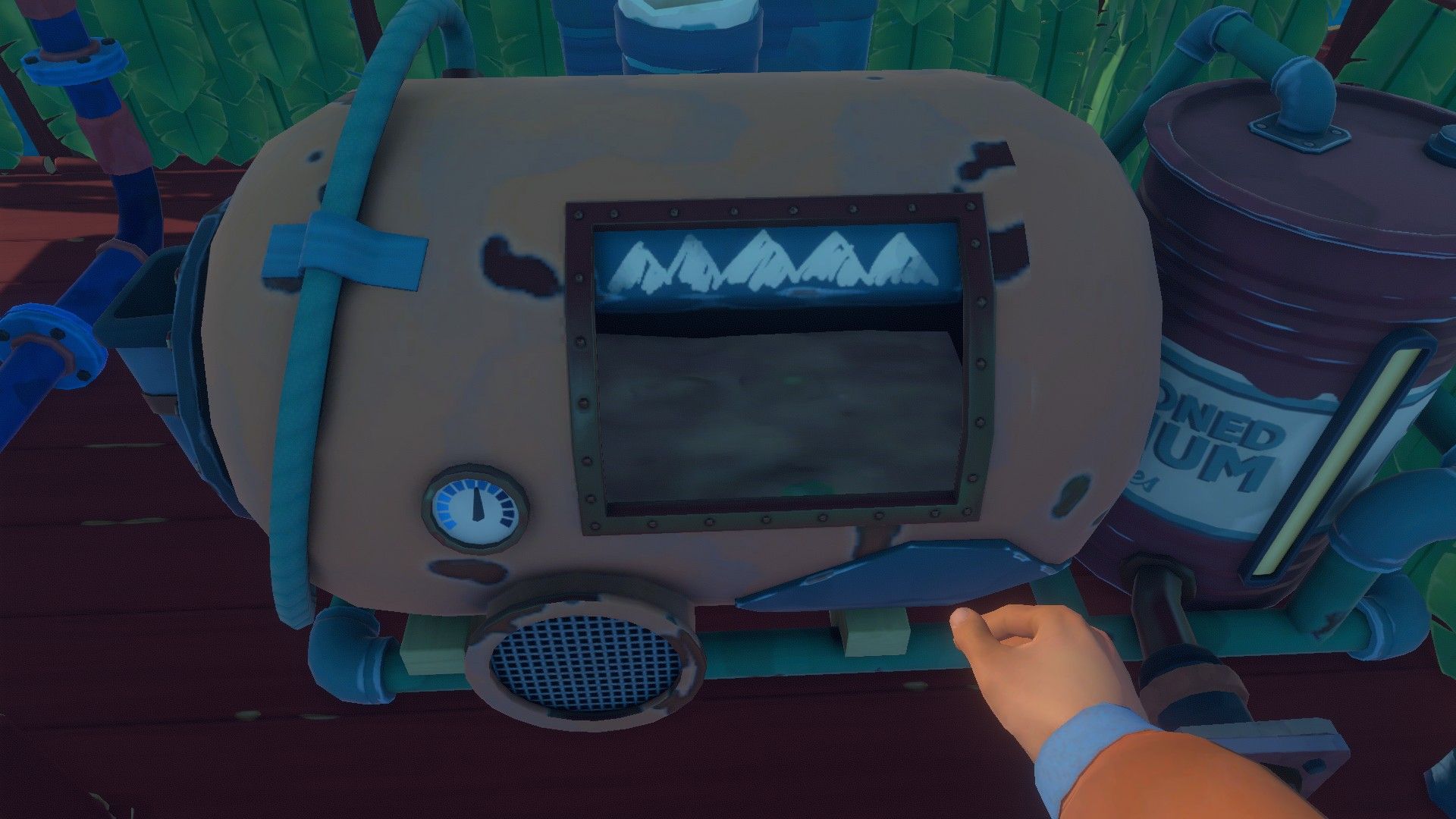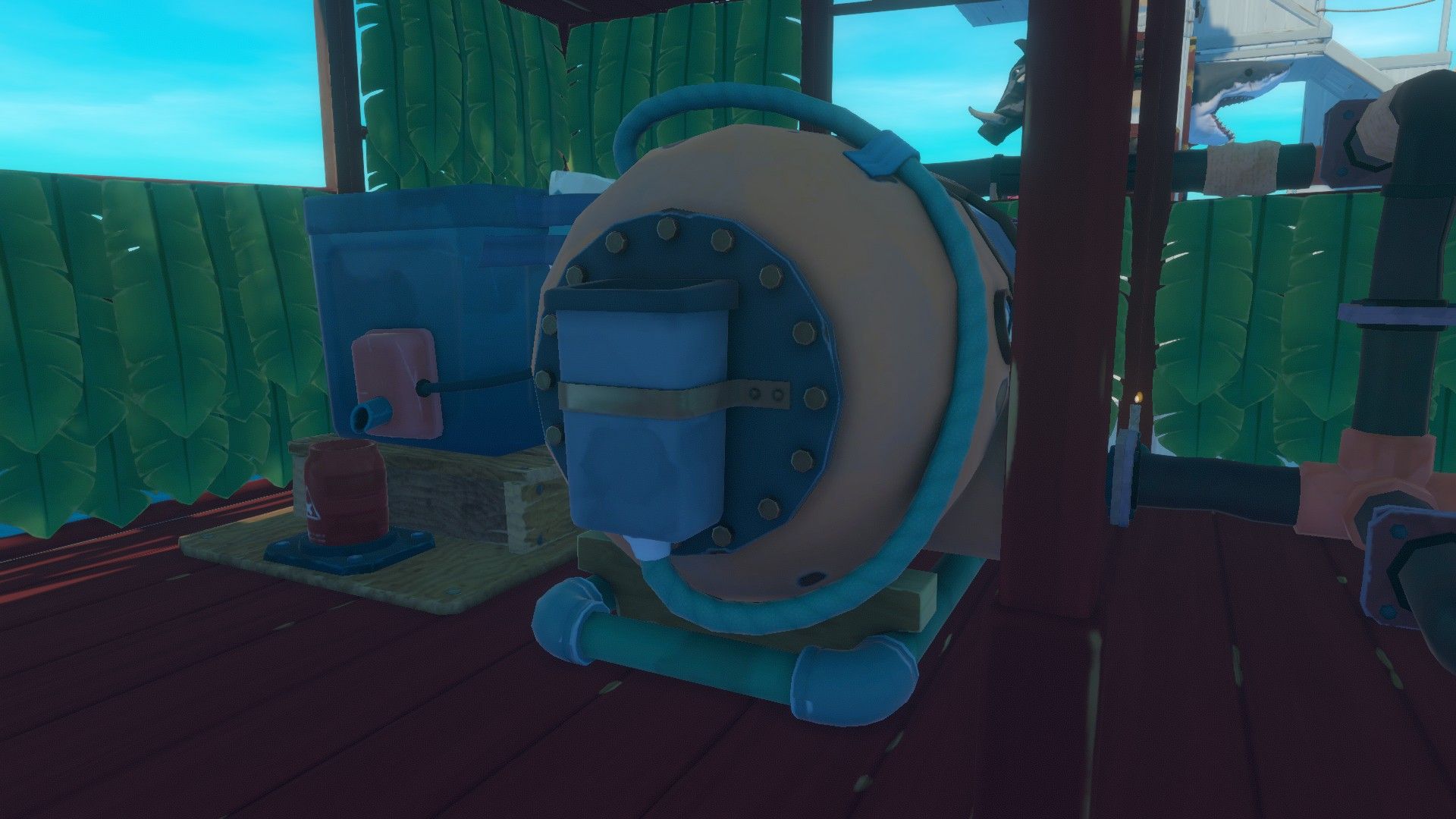When players reach the Raft story island Temperance, one of the blueprints they'll find is for an advanced biofuel refiner. This is an upgraded version of the regular refiner found on Balboa Island, a much earlier story island.
However, by this point Raft players will have found blueprints for several upgrade items that aren't always better than the equipment they replace. For instance, four medium storage chests mounted on a wall can store more inventory than a single large storage locker despite them taking up the same space, and while the wind turbine can charge twice as many batteries as a biofuel charger it takes up much more space and needs a lot of height to operate efficiently. So, is the advanced refiner worth the cost?
Advanced Biofuel Refiner Basics
The advanced biofuel refiner costs 20 plastic, 8 metal ingots, 6 titanium ingots, and 2 bolts or hinges (either one works, or else one of each). It takes up two grid spaces, and it has an outlet that lets it connect to a fuel pipe network. Because of this, it snaps to the raft grid instead of letting players place it wherever they like.
The advanced refiner uses the same formula for creating biofuel as the regular refiner. This means it needs both 1 unit of honey and 200 units of raw food to generate 1 unit of biofuel. Different raw foods contribute different amounts of biofuel, with vegetables producing the least and animal heads producing the most. The two tanks on the advanced refiner can hold up to 6 units of honey and 1200 units of raw food.
This refiner also has a barrel that fills up with biofuel. The barrel can hold up to 6 units of biofuel, which players can collect directly or send to the engines and biofuel tanks using a pipe network.
Basic Refiner Pros And Cons
The advanced biofuel refiner has a lot going for it.
- The advanced refiner takes up twice as much space as a basic refiner but holds three times as much raw material.
- Like the basic refiner, the advanced model doesn't need any batteries or planks to run.
- The advanced refiner can hold six units of biofuel before it stops running. The basic refiner stops as soon as it fills a single biofuel container.
- The pipe connection means the advanced refiner can feed players' fuel network directly without any intervention.
- Between the storage barrel and the raw food hoppers, one refiner can effectively hold 12 units of biofuel while a biofuel storage tank can only hold 4.
However, there are some downsides that also need considering.
- Titanium is a rare material, even in the later parts of the game.
- While players can take biofuel out of the advanced refiner, they can't put any back in. The only way to add biofuel to the pipe network is to put it in an engine, biofuel battery charger, or biofuel tank.
- Running the engines or battery chargers can use less than a full unit of biofuel at a time, but the advanced refiner tends to create biofuel one whole unit at a time. This can make it wasteful if players try to keep it topped up.
Overall, these downsides don't outweigh the benefits of connecting a biofuel refiner directly to the fuel pipe network and being able to create and store six units at once. Players who get the advanced biofuel refiner blueprint should definitely upgrade as soon as they can.
Raft is available now on PC.






